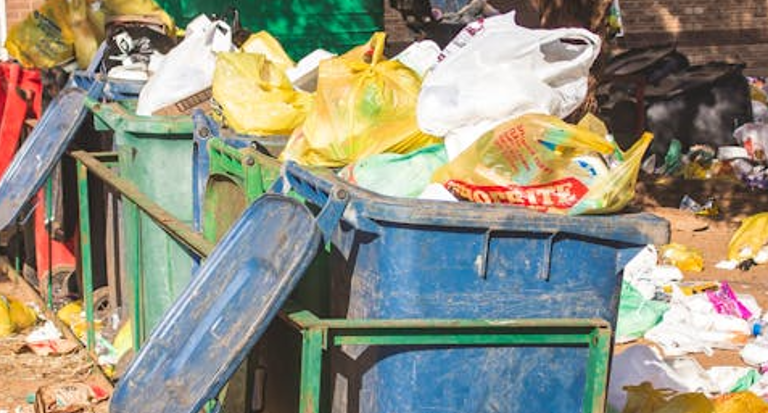How Nairobi can tackle illegal waste dumping

Off Lusaka Road, near City Stadium in Nairobi – on empty land apparently belonging to Kenya Railways and right below a prominent “strictly do not dump” sign on a nearby perimeter wall – mounds of illegally dumped waste rise by the day.
This curious sight illustrates Nairobi’s growing waste management crisis, which seems to be multiplying across the city, making us wonder whether environmental management officials are paying sufficient attention to the problem.
Granted, illegal dumping plagues cities worldwide, but understanding the psychology behind it could offer Nairobi officials ideas about what effective solutions they can adopt. Research has shown that social norms influence waste disposal behaviour. When people observe others illegally dumping trash, they become more likely to follow suit.
Landmark studies like “The Spreading of Disorder” (2008) and “Littering as a Function of Prior Litter and The Presence or Absence of Prohibitive Signs” (1990) demonstrated that visible litter creates a chain reaction. Areas with existing garbage experience up to three times more littering than clean spaces, establishing a dumping culture that becomes increasingly difficult to eliminate.
The unsightly dump sites across Nairobi are obvious environmental hazards that communicate to residents that antisocial behaviour is acceptable, thus inviting more dumping.
What can city officials do? “No dumping” and “usikojoe hapa” signs just don’t work. Environmental psychology suggests a different approach. Rapid cleanup of existing dump sites must be a priority – so as to eliminate the visual signs that perpetuate illegal dumping. Research confirms that clean environments tend to stay clean, as they establish positive social behaviour.
Vacant lots like the Kenya Railways property require particular attention. This could be through fencing, electronic surveillance, proper lighting and regular monitoring that signal that the areas are actively managed by someone.
The city can also try to create a sense of ownership among residents. People are less likely to litter in areas where they feel a personal connection. We can borrow ideas from other cities around the world that have initiated community-led beautification projects, public art installations and neighbourhood cleanup programmes that have transformed public spaces into valued community assets that residents feel compelled to protect.
Finally, Nairobi’s environment officials should use social pressure rather than relying on enforcement alone. Public awareness campaigns highlighting how most citizens properly dispose of waste can establish more socially acceptable behaviour. Celebrate and reward neighbourhoods that have shown improved waste management. This would motivate more residents to do the right thing and boost community pride.
Clearly, Nairobi’s garbage problems are both logistical and social. Understanding how behaviour influences waste disposal can help city officials design more effective interventions. This will help change how residents view their shared spaces and responsibilities.















